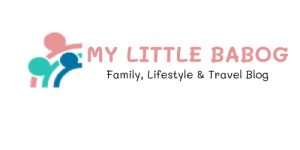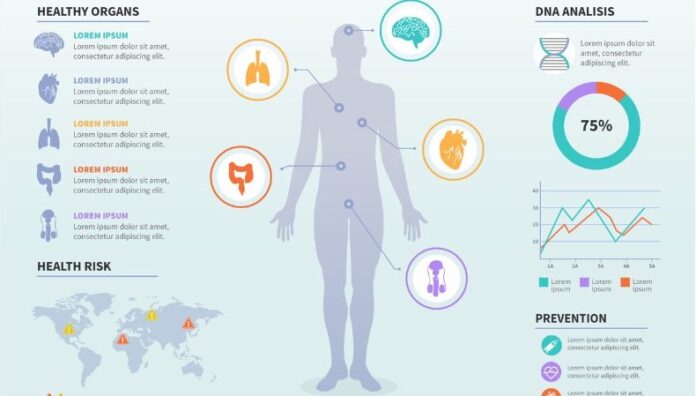Self-discovery is a lifelong process that involves reflection, learning, and growth. Many people feel disconnected from their authentic identity because of societal expectations or personal challenges. Taking time to explore who you truly are can lead to greater clarity, confidence, and purpose in life.
A helpful approach to this journey is understanding Human Design Types, which categorize how individuals interact with the world and make decisions. This framework offers insights into natural strengths and patterns that influence relationships, work, and personal choices. Combining this tool with other self-awareness practices can deepen your connection to your authentic self. Below are five powerful ways to begin.
Read More:
- Mind & Body Techniques for Treating Insomnia
- Why Peace of Mind Is the New Metric for Health Technology
1. Seek Feedback from Trusted People
Sometimes others can see aspects of us that we overlook. Asking for honest feedback from trusted friends or mentors can provide new perspectives. They can help highlight strengths and blind spots you might not recognize.
Choose individuals who understand and support your growth. Their observations can validate what you already sense or challenge you to see things differently. This feedback, when combined with self-reflection, accelerates the process of self-discovery.
2. Engage in New Experiences
Stepping outside your comfort zone can reveal parts of yourself you never knew existed. Trying new hobbies, traveling, or learning a skill offers fresh challenges and perspectives. These experiences often highlight hidden talents and personal preferences.
Pay attention to how you feel during and after these activities. Positive emotions may signal alignment with your true self, while discomfort might point to boundaries or values. Over time, this exploration builds a fuller picture of who you are.
3. Know Your Human Design Type
Human Design Types provide a blueprint for your natural energy and decision-making style. Each type, Manifestor, Generator, Projector, Reflector, has distinct characteristics that shape life experiences. Learning your type can help you make aligned choices and avoid unnecessary frustration.
Working with a certified Human Design reader can help you interpret your chart more effectively. This guidance allows you to integrate the knowledge into everyday life, improving relationships and personal satisfaction. Over time, you may find that understanding your design becomes a reliable compass for navigating decisions.
4. Practice Daily Self-Reflection
Setting aside time each day for self-reflection encourages deeper awareness. Journaling about your thoughts, emotions, and experiences can reveal hidden patterns. This practice helps identify what brings you joy and what causes discomfort.
Consistency is important when building self-awareness. Even five minutes a day of intentional reflection can produce meaningful results. Over time, your journal becomes a record of growth and personal insight.
5. Explore Mindfulness and Meditation
Mindfulness teaches you to observe your thoughts without judgment. Meditation can quiet mental noise, allowing you to connect with your inner voice. These practices create space to notice what truly matters to you.
Begin with short sessions and gradually increase the time as you grow comfortable. Many people find guided meditations helpful in the early stages. Over time, this habit can lead to a calmer mind and clearer self-perception.
Discovering your true self is an evolving journey that blends introspection, exploration, and open-minded learning. Tools like Human Design Types, daily reflection, and mindful practices can guide the way. By seeking feedback and embracing new experiences, you gain a clearer understanding of your authentic identity. The more you align your life with who you truly are, the more fulfilling and meaningful it becomes.

